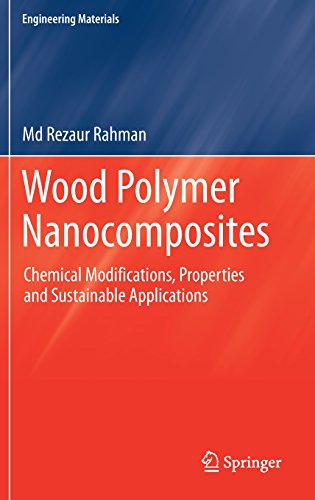

Most ebook files are in PDF format, so you can easily read them using various software such as Foxit Reader or directly on the Google Chrome browser.
Some ebook files are released by publishers in other formats such as .awz, .mobi, .epub, .fb2, etc. You may need to install specific software to read these formats on mobile/PC, such as Calibre.
Please read the tutorial at this link: https://ebookbell.com/faq
We offer FREE conversion to the popular formats you request; however, this may take some time. Therefore, right after payment, please email us, and we will try to provide the service as quickly as possible.
For some exceptional file formats or broken links (if any), please refrain from opening any disputes. Instead, email us first, and we will try to assist within a maximum of 6 hours.
EbookBell Team

4.1
40 reviewsThis book shows how chemical modifications influence some properties of wood nanocomposites. It describes suitable and effective chemical modifications that strengthen the physico-mechanical, thermal and morphological properties of wood. The authors provide intuitive explanation of the various types of chemical modifications applied to polymer cell walls in wood. They emphasize the reaction changes in wood cell walls due to the chemical modifications. Increased mechanical strength, improved thermal stability as well as the efficient retardancy against fungi attack are described. This book concludes summarizing the potential applications of wood-based nanocomposites taking into account sustainability and economic aspects.